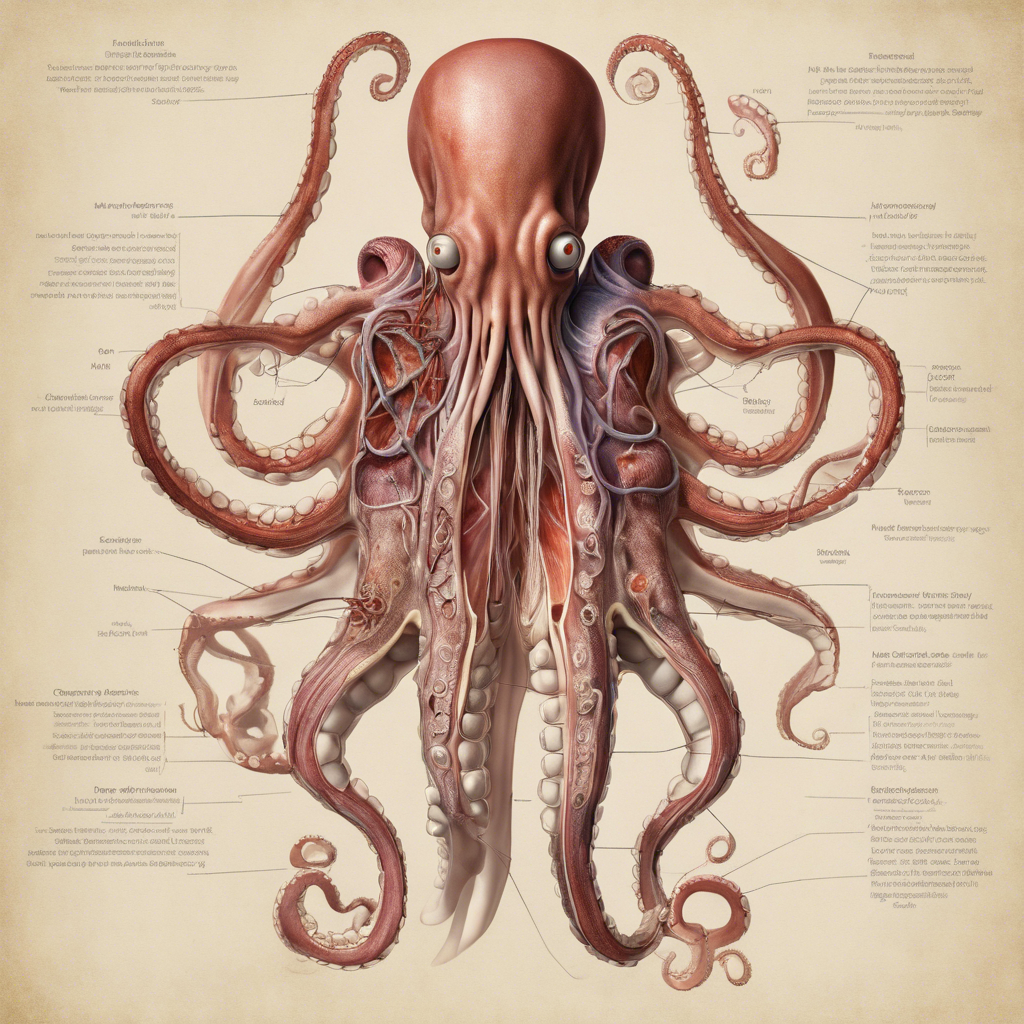How many hearts does an octopus have?
Octopuses are fascinating marine creatures known for their unique anatomy, intelligence, and impressive camouflage abilities. One of the most intriguing aspects of an octopus’s anatomy is its circulatory system. In contrast to humans and many other animals, octopuses have a more complex and distributed system for pumping blood throughout their bodies.
Octopus Anatomy: An Overview
Octopuses have a soft, boneless body that can change shape to fit through small spaces. This flexibility is made possible by the presence of a large number of neurons, muscles, and connective tissue. However, this flexibility also comes with unique circulatory requirements, particularly in terms of blood flow and oxygen delivery.
Circulatory System: The Role of Hearts
In an octopus, the circulatory system consists of a network ofarteries, veins, and capillaries, as well as three distinct hearts. These hearts work together to pump blood throughout the octopus’s body.
Hearts in an Octopus: A Detailed Look
The three hearts of an octopus include:
- Two Branchial Hearts: These two hearts pump blood to the octopus’s gills, where oxygen is absorbed and carbon dioxide is released.
- One Systemic Heart: This heart is responsible for pumping oxygen-rich blood throughout the rest of the octopus’s body, including its arms, digestive system, and other organs.
Why Three Hearts?
The presence of three hearts in an octopus is likely an adaptation to the unique demands of its underwater environment. The branchial hearts allow the octopus to efficiently pump blood to its gills, ensuring adequate oxygenation. Meanwhile, the systemic heart distributes oxygen-rich blood throughout the rest of the body, providing the energy and nutrients needed to support the octopus’s other physiological processes.
Unique Characteristics of Octopus Hearts
Octopus hearts have several distinct features that enable them to function effectively:
- High Volume of Blood: Octopuses have a high volume of blood relative to their body size, allowing for efficient oxygen delivery and nutrient transport.
- Compression-Based Blood Flow: Octopus hearts use a combination of muscular contractions and compressive forces to pump blood throughout the body.
- Specialized Heart Muscles: Octopus hearts contain specialized muscles that allow for efficient blood flow and pressure regulation.
In conclusion, the three hearts of an octopus work together to create a highly efficient circulatory system that supports the unique physiological demands of these remarkable creatures. By understanding the structure and function of octopus hearts, scientists can gain insights into the evolution and adaptation of this fascinating group of animals.














Post Comment